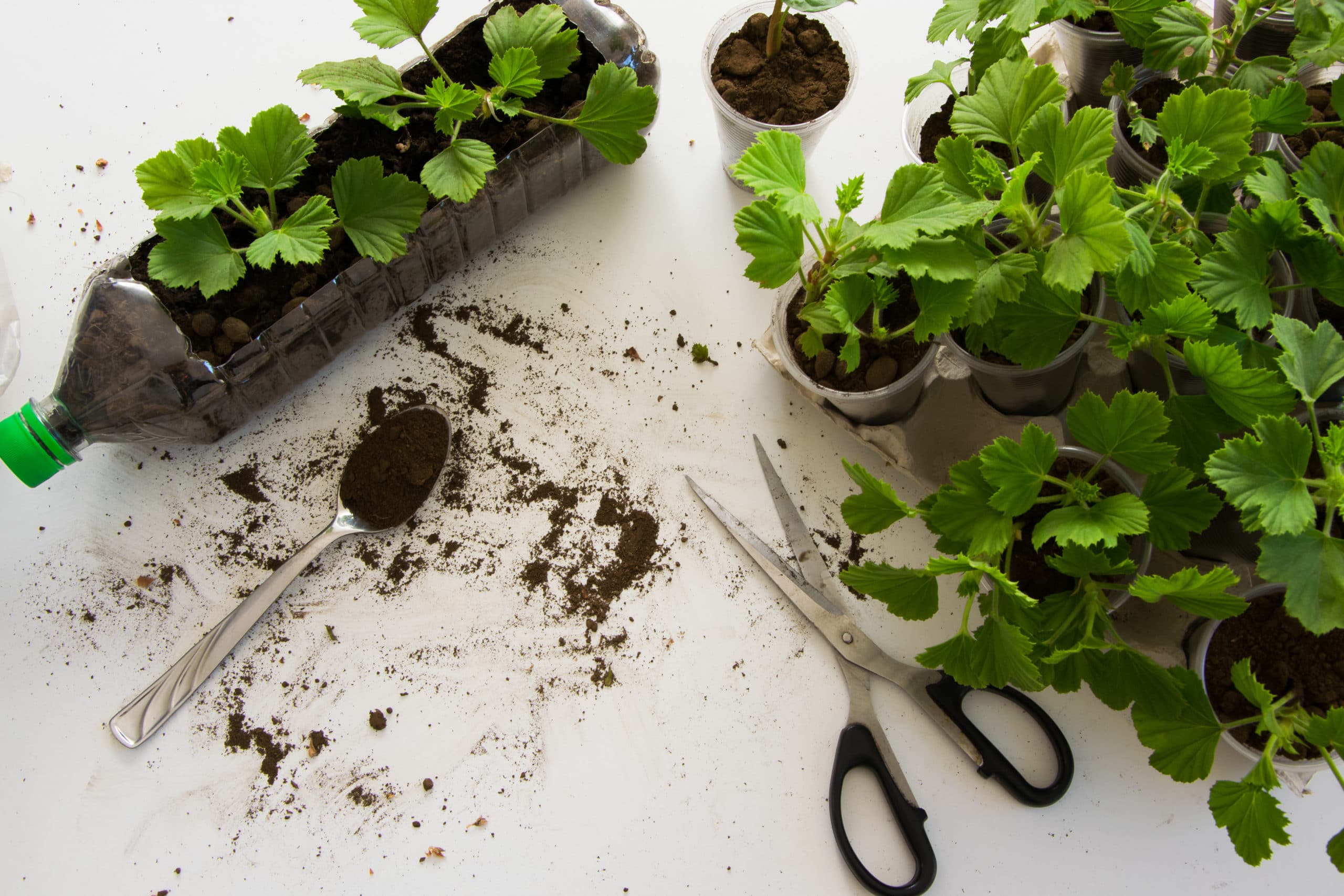Over the past few months, we’ve discovered a new appreciation for our schools and teachers, especially as we look ahead to back to school season. This time of year always feels like the holidays for many parents and students. While this year likely continues to look and feel different for many students and families, we still believe back to school can (and should!) be celebrated. No matter if you’re prepping to learn virtually from home or return back to the classroom, below are four tips for embracing back to school this year.
Start Incorporating Learning:
Depending on where you reside, you’re either days away from returning to school or you have another month filled with summer fun. Either way, one of the best ways to start getting into the school mindset is to ease it back into your everyday routine. Set aside time for your kids to read, switch to an educational game on a computer or iPad, dive into a math game, or complete a science experiment. By welcoming learning back now, students will feel more ready to fully embrace a school schedule in the days and weeks to come.
Create a Schedule:
The summer is when we all relax our schedules and embrace a go-with-the-flow mindset, but schedules are key during the school year. Take a moment to revisit first grade teacher Mrs. Lamb’s tips from the spring. She and her kids discovered how they can best learn while at home. Mrs. Lamb said sometimes that involves incorporating more focused work during the morning followed by an increased emphasis on play in the afternoon. Start determining how you think your family’s ideal school day will look and feel now. Then give it a try in advance of your official start date.
Shop for School:
We know how much students love shopping for new school supplies, and this year should not be any different even if you’re planning to learn virtually from home. Purchase new folders, notebooks, pens, pencils, crayons, markers, tech, and more just like you normally would. This nod to normalcy will feel comfortable, familiar, and exciting to your kids, and we think you will enjoy it too.
Also, consider shopping for back to school clothes! We’ve found it’s best to make a concerted effort to get dressed every day even if we’re working at home, and we think the same is true for kids. Think about shopping for new tops, pants, dresses, and shoes from their favorite stores, like Carter’s, OshKosh B’gosh, GAP, Kohls, Dicks Sporting Goods, and more through your Shopkick app as you embrace the fall season together. You’ll earn kicks, and your kids will keep up with their fun school year style.
Embrace the School Season:
Just as you did during the spring, now is the time to embrace the school season whether it involves learning from home or returning back to the classroom. The more you and your student lean into learning, the more fun and normal it will become. Many of us are facing the same challenges, so keep this in mind: We’re all learning together, Shopkickers!
How are you and your kids embracing back to school this year? We would love to hear your thoughts on Facebook!
P.S: For more on our “How to Homeschool” series with Mrs. Lamb, click here!








